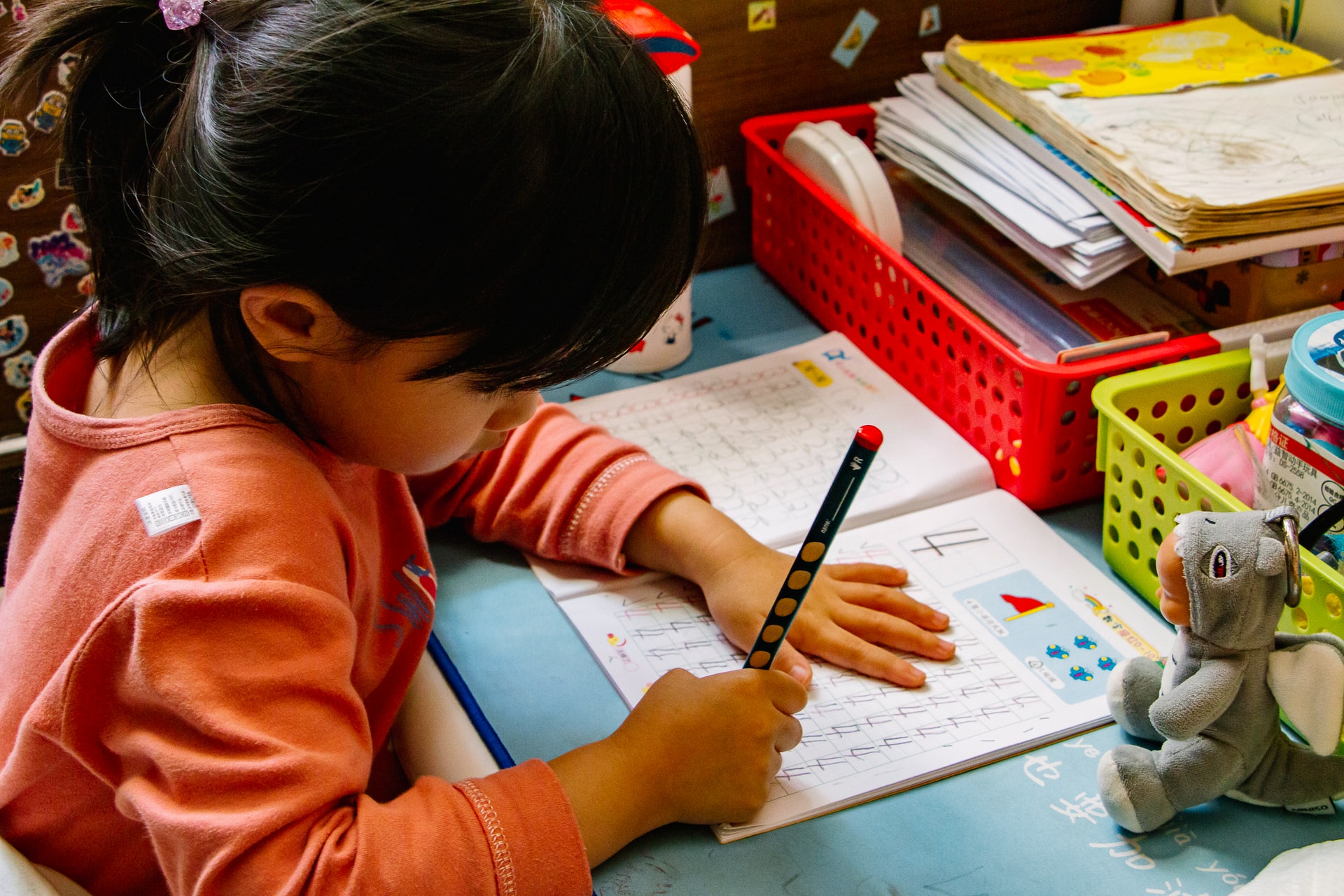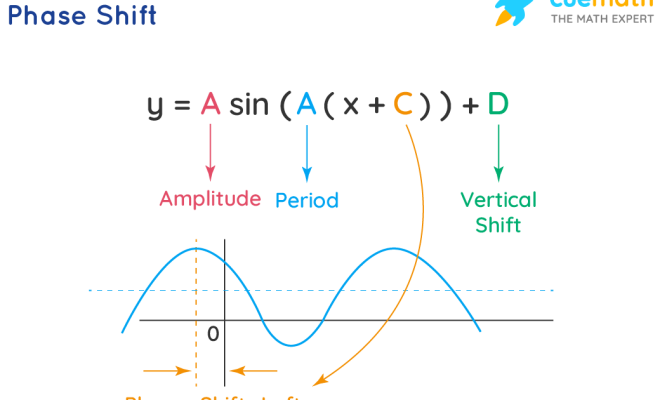Using Picture Books to Teach Math

The use of cross-curricular tools can help children acquire and remember new information more effectively, as well as make learning difficult subjects less frustrating. Using picture books to learn arithmetic is an excellent example of how to use cross-curricular materials to improve learning. Storytime or reading is already a part of most children’s routines and schoolwork, whether at home or. This bonding exercise is usually enjoyed by children, and it can be a terrific approach to introducing math skills in a way that they can better comprehend and remember them. Here are three reasons why picture books are useful for teaching math skills:
- Picture books provide a real-world framework for applying numerical abilities.
Picture books on math frequently adapt math abilities to everyday or real-life events that are more appealing to children than a traditional math lesson. This can assist children in improving their ability to understand word problems in math. Even picture books that tie math to fantastical settings will provide context for employing math skills and will stick in a child’s mind. According to research, utilizing picture books to teach arithmetic skills encourages children to bring up math-related language and themes in real-world circumstances, such as discussing quantities, without prompting.
- Picture books assist learners who dislike or struggle with math to enjoy studying math concepts.
Because many children prefer reading to math, finding fresh and creative ways to teach them math can be quite beneficial. Using picture books to teach math to a child who dislikes or fears math is like hiding veggies in a delicious smoothie for a child who despises vegetables. It makes the process more enjoyable and encourages the child to enjoy learning math rather than fearing or disliking it.
- Cross-learning
Picture books not only assist children in grasping numerical concepts but also improve their literacy skills. Reading to teach math combines two diverse subject topics and skills and improves both. Just as a child who enjoys reading can be tempted to learn arithmetic abilities through picture books, a youngster who is interested in math can be enticed to read by having books about math issues.
Parents and educators can use picture books that are specially meant to teach math skills to their children, or they can find creative methods to employ picture books that do not focus on math. If a child already has a favorite book, parents and educators can discover ways to include it in a math lesson. Adults could, for example, ask the children to count the number of red objects on the page or plan a math activity based on the reading content. If a teacher reads “The Rainbow Fish” to the class, goldfish crackers could be used to demonstrate counting, subtraction, and addition. There are numerous methods to include picture books in arithmetic skills learning without having to purchase particular math-teaching books, although many of these sorts of picture books are available at moderate rates and can be terrific teaching tools.





